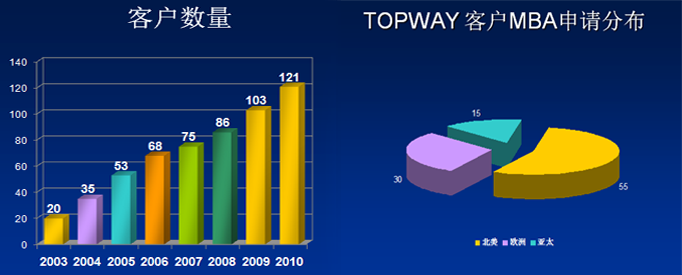|

- 精华
- 0
- 积分
- 770
- 经验
- 770 点
- 威望
- 0 点
- 金钱
- 1245 ¥
- 魅力
- 764
|
GWD-9-36
| GWD-9-Q33 to GWD-9-Q36:Scientists studying the physiologyof dinosaurs have long debated whetherdinosaurs were warm- or cold-blooded.Line Those who suspect they were warm-(5) blooded point out that dinosaur boneis generally fibro-lamellar in nature;because fibro-lamellar bone is formedquickly, the bone fibrils, or filaments, arelaid down haphazardly. Consistent with(10) their rapid growth rate, warm-bloodedanimals, such as birds and mammals,tend to produce fibro-lamellar bone,whereas reptiles, which are slowgrowingand cold-blooded, generally(15) produce bone in which fibrils are laiddown parallel to each other. Moreover,like the bone of birds and mammals,dinosaur bone tends to be highlyvascularized, or filled with blood(20) vessels. These characteristics,first recognized in the 1930’s,were documented in the 1960’s byde Ricqlès, who found highly vascularized,fibro-lamellar bone in several(25) groups of dinosaurs. In the 1970’s,Bakker cited these characteristics asevidence for the warm-bloodedness ofdinosaurs. Although de Ricqlès urgedcaution, arguing for an intermediate type(30) of dinosaur physiology, a generation ofpaleontologists has come to believethat dinosaur bone is mammalianlike.In the 1980’s, however, Bakker’scontention began to be questioned, as a(35) number of scientists found growth ringsin the bones of various dinosaurs thatare much like those in modern reptiles.Bone growth in reptiles is periodic innature, producing a series of concentric(40) rings in the bone, not unlike the growthrings of a tree. Recently, Chinsamyinvestigated the bones of two dinosaursfrom the early Jurassic period(208-187 million years ago), and found(45) that these bones also had growth rings;however, they were also partially fibrolamellarin nature. Chinsamy’s workraises a question central to the debateover dinosaur physiology: did dino-(50) saurs form fibro-lamellar bone becauseof an innately high metabolic rate associatedwith warm-bloodedness orbecause of periods of unusually fastgrowth that occurred under favorable(55) environmental conditions? (Althoughmodern reptiles generally do not formfibro-lamellar bone, juvenile crocodilesraised under optimal environmentalconditions do.) This question remains(60) unanswered; indeed, taking all the evidenceinto account, one cannot makea definitive statement about dinosaurphysiology on the basis of dinosaurbone. It may be that dinosaurs had an(65) intermediate pattern of bone structurebecause their physiology was neithertypically reptilian, mammalian, nor avian.GWD-9-Q36:The author of the passage mentions bone growth patterns in juvenile crocodiles mostlikely in order toA. provide support for the argument that reptiles are not related to dinosaursB. undermine the claim that most reptiles are slow-growingC. offer an explanation as to why juvenile crocodiles differ from most modernreptilesD. suggest the juvenile crocodiles have a type of physiology intermediate betweenthat of mammals and that of reptilesE. suggest that the presence of fibro-lamellar bone does not resolve the debate over请教,我实在不知道怎样推出E答案(正确答案给的是E),我没思路,或许是没看懂谢谢 |
|


